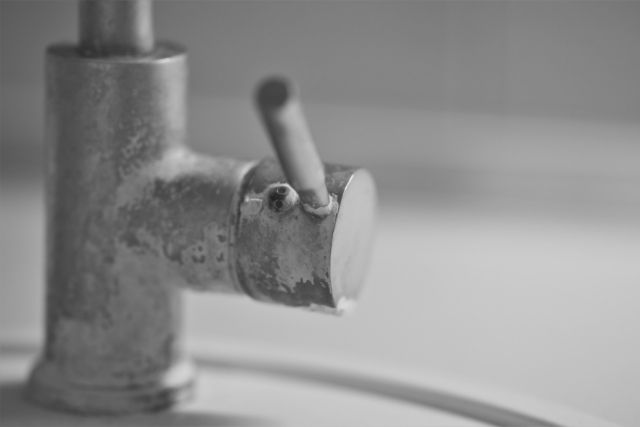Does The Acidity In Rain Effect Your Well Water
 After the recent summer rains here in South Texas, the rainfall can be great for your flowerbeds and vegetable garden. It saves you time and money on watering. Did you know that rainwater is sometimes acidic? Water inside your well is affected by other environmental factors, including the rainwater that soaks into the ground. If the well is in fact gathering acidic water, then it’s time to look for signs that these conditions may be strong enough to eat away at your home.
After the recent summer rains here in South Texas, the rainfall can be great for your flowerbeds and vegetable garden. It saves you time and money on watering. Did you know that rainwater is sometimes acidic? Water inside your well is affected by other environmental factors, including the rainwater that soaks into the ground. If the well is in fact gathering acidic water, then it’s time to look for signs that these conditions may be strong enough to eat away at your home.
Where Does Acidic Rain Come From?

Acid rain is caused by emissions of sulfur dioxide and nitrogen oxide, which react with the water molecules in the atmosphere to produce acids.
Because there are many factors that come into play both naturally and by man-made sources, the acidic level of rain can vary geographically. With increasing populations in South Texas, the likely hood of acid rain can vary from region to region. For example, the hill country may be less likely to have heavy acid rain than the Houston area.
How to Measure Acidity
The acidity level of water is measured by the pH scale. Pure water has a pH of 7, which is neutral. However, natural rainwater actually has a pH of 5.6 because it gets exposed to the gases in the atmosphere, making it a bit acidic. True acid rain will have a pH level measuring from 5.0-5.5.
Limestone is abundant through out South Texas, especially in South Texas. Because of this, the acid rainwater can be neutralized naturally. As the acidic water flows through the limestone it will dissolve magnesium and calcium, making it less acidic. If you’re in an area that contains granite, sand, or some other mineral it will not affect the pH level at all and you will have acidic water traveling through your plumbing and appliances.
The Effect of Acidic Water on Your Home
 Acidic groundwater that enters your well water is considered to be corrosive and will eat away at your plumbing, fixtures, and appliances. It can cause your water to taste sour or bitter, stain laundry and sinks with a sort of blue/green tint. These colors being left behind are actually from the metal being stripped away from your pipes and faucets oxidizing in the air after the water dries. Over time, this accelerated erosion of your plumbing will make the walls of your pipes weak, or even cause holes that leak water throughout your home. A simple water test performed by a one of our Alamo Water Softener technicians can help you determine if your water is acidic and causing damage to your home.
Acidic groundwater that enters your well water is considered to be corrosive and will eat away at your plumbing, fixtures, and appliances. It can cause your water to taste sour or bitter, stain laundry and sinks with a sort of blue/green tint. These colors being left behind are actually from the metal being stripped away from your pipes and faucets oxidizing in the air after the water dries. Over time, this accelerated erosion of your plumbing will make the walls of your pipes weak, or even cause holes that leak water throughout your home. A simple water test performed by a one of our Alamo Water Softener technicians can help you determine if your water is acidic and causing damage to your home.
How to Correct pH levels
To increase the pH of acidic water and protect your plumbing, you can neutralize it by adding the correct minerals that it is looking for, just like the rain that passes through limestone before reaching the groundwater supply. This can be done using one of our whole home filters. Finding the appropriate level of correction needed for your water can be tricky, so it is important to talk to your Alamo Water Softener technician to have the equipment properly customized for your exact water’s needs. They will also be able to let you know how frequently new media will need to be added and can set up a maintenance schedule to help remind you.
Contact Alamo Water Solutions in Houston today at (210) 274-6122.
[gravityform id=”1″ title=”true” description=”true”]
